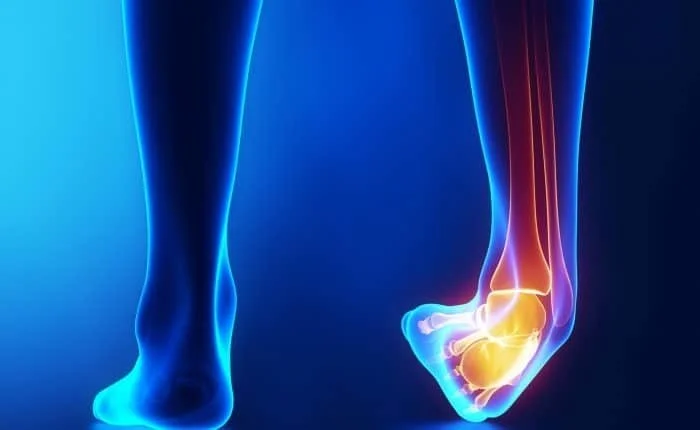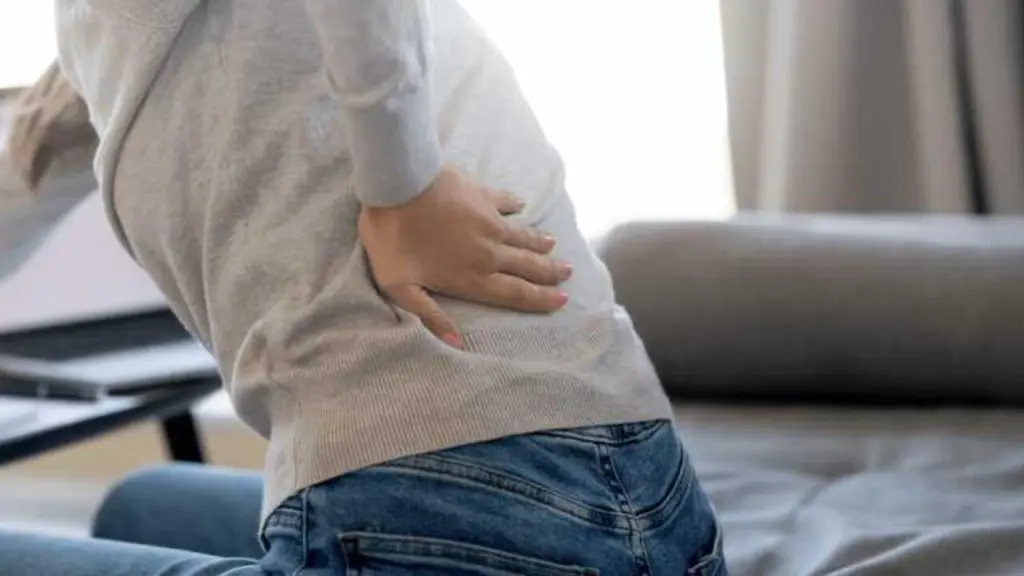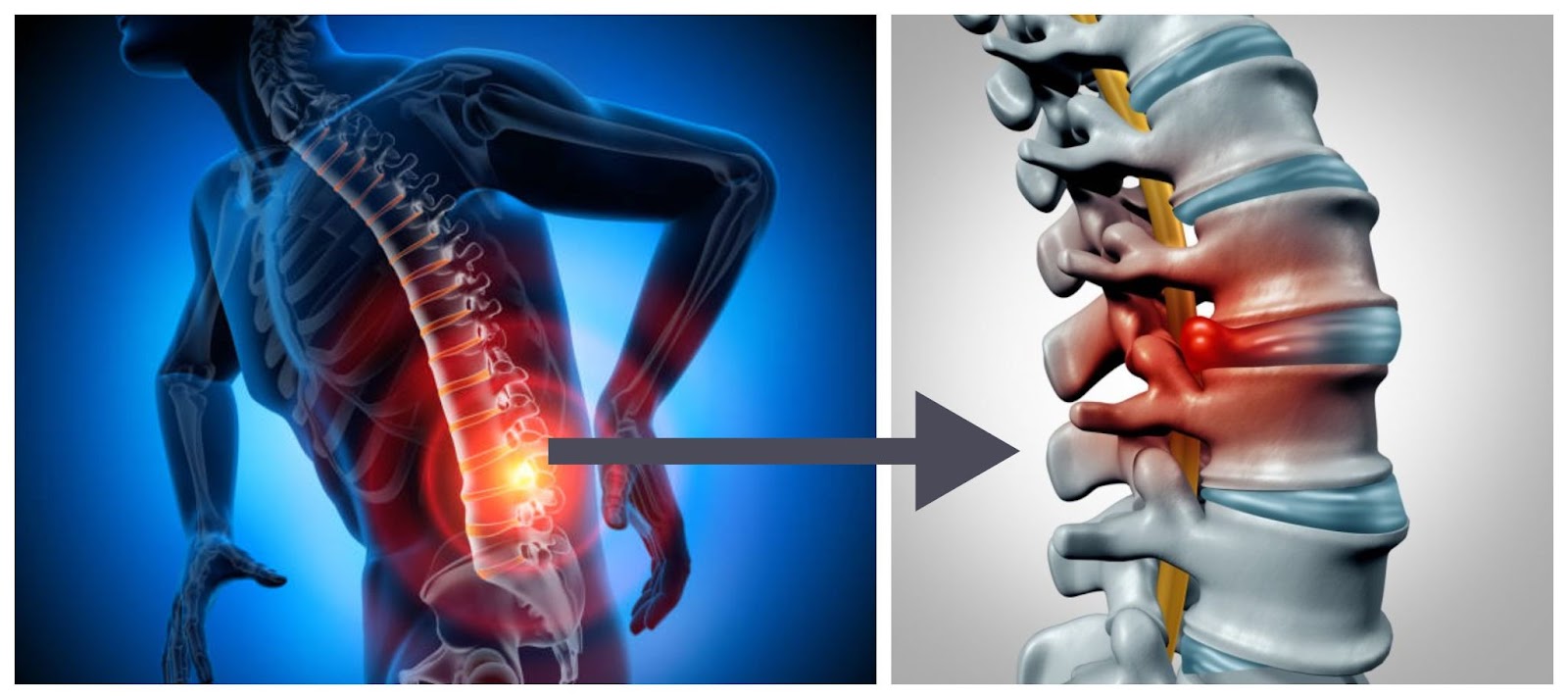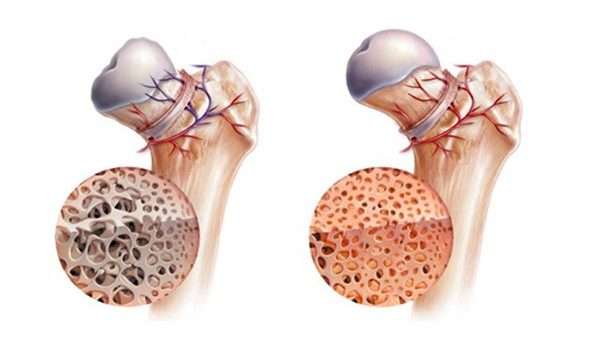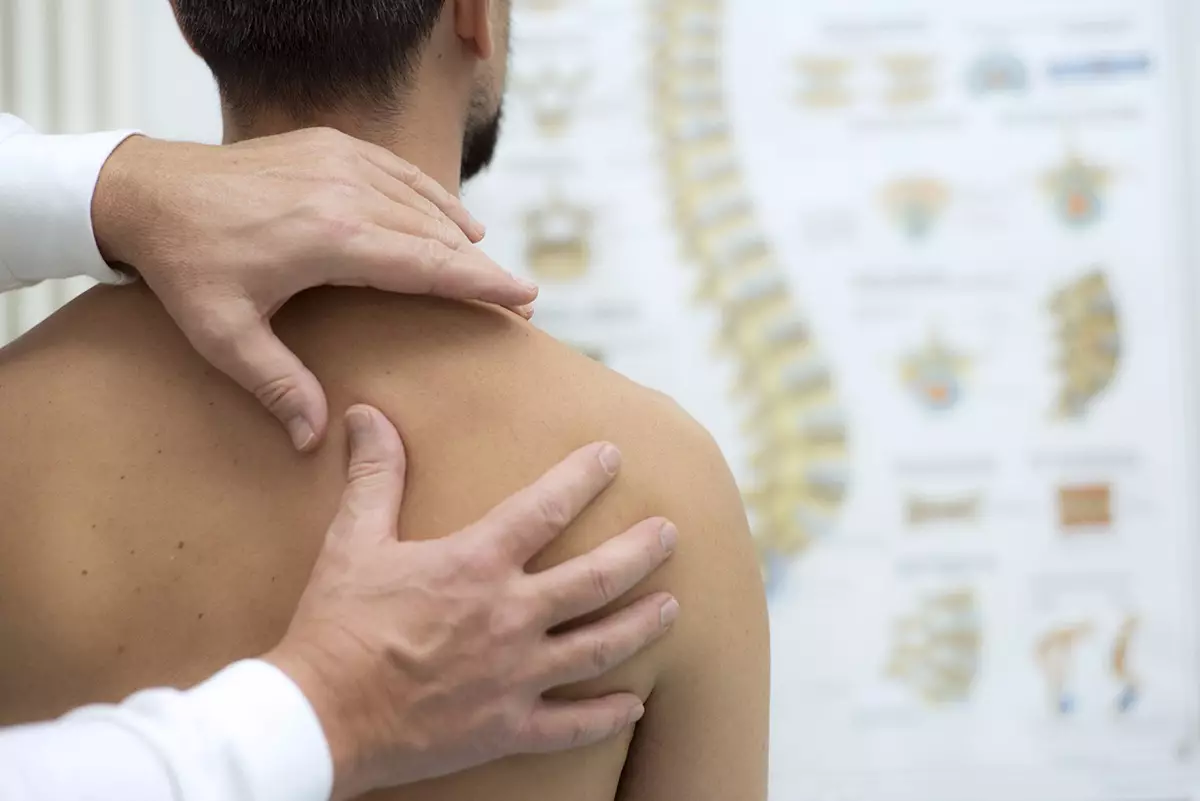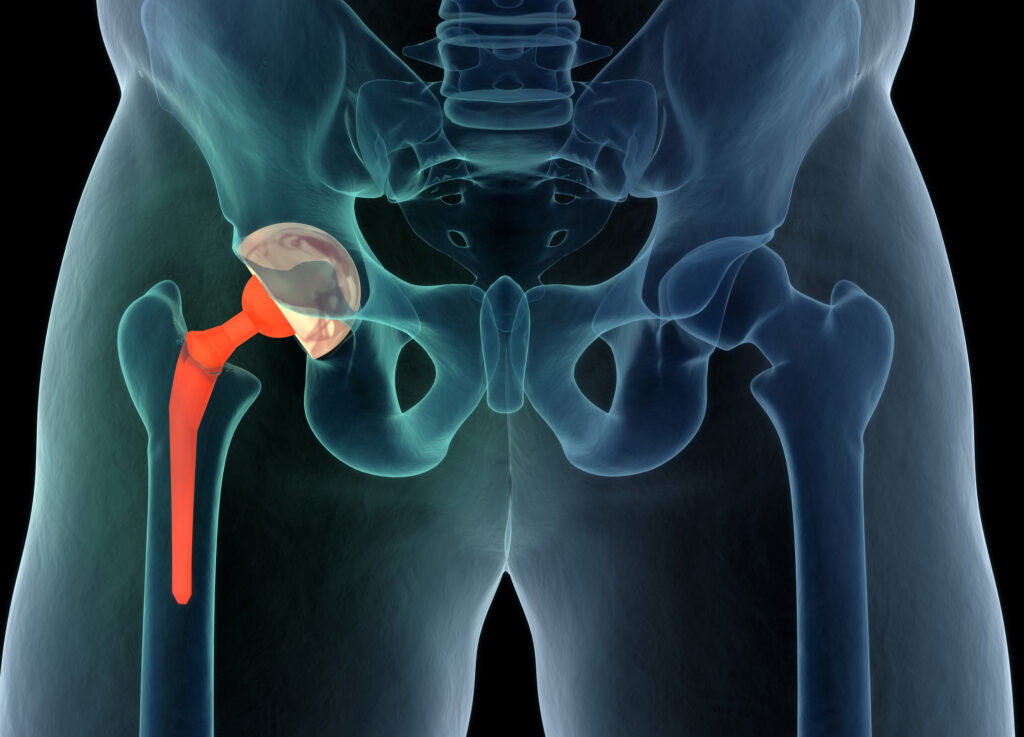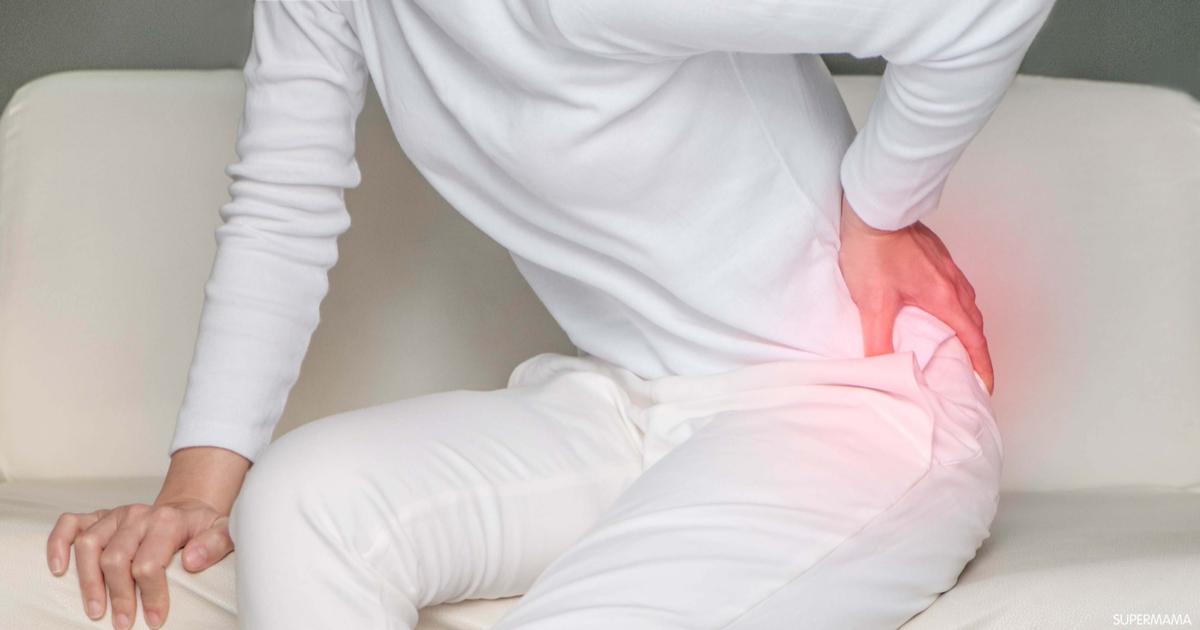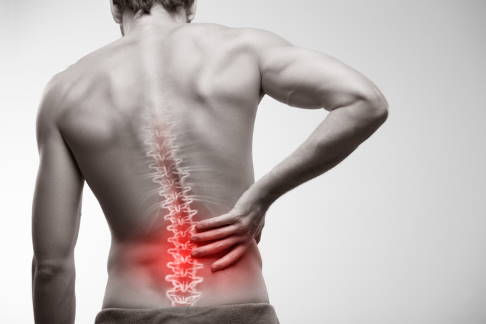What is the Treatment of Cartilage Rupture?
Cartilage is considered one of the most important parts of the body, which is located between the bone ends and works to connect them and work on the softness of movement and withstand pressure. Here are the methods of treating cartilage disease, the types of treatment used, and what doctors advise in detail in the following article.

What is the treatment for cartilage rupture?
Cartilage is like the cushions between the vertebrae and consists of a flexible disc surrounded by synovial fluid. They work together to provide greater freedom of movement for the person, relieve the extra load on the vertebrae, and connect the bones without any friction or convergence so that the person does not experience pain.
The cartilage can be injured in more than one way, as it can budge or move from its original position in what is called a herniated disc and makes the affected person feel pain because the result of the movement of the cartilage from its place affects the nerve roots around it, and the cartilage can be subjected to erosion and thus friction takes place in between the bones causing severe pain.
There are different types of treatments that work to heal the cartilage and relieve the pain associated with it. There are non-surgical and surgical treatment methods that contribute to the slipped patient returning to his normal life. As for the atrophy or erosion of the cartilage, treatment is usually done through surgical operations. The most important of these is cartilage replacement.
How do you get rid of cartilage rupture?
There are several ways through which cartilage can be avoided and the severe pain that results from injury to it will disappear. Here are the following types of cartilage treatment:
Conservative “non-surgical” treatment
Conservative treatment can be started before surgery because most patients are treated without operations as a result of following the treatment steps well, which shrinks the cartilage and increases muscle strength, and the outside part of it begins to return to its original location, and this relieves pressure on the nerve and reduces pain caused by its inflammation.
Treatment steps without cartilage surgery
- You can start using hot and cold water compresses, which reduce the swelling caused by inflammation and increase the strength of blood circulation in the affected part, which speeds up the healing process.
- The doctor recommends that the cartilage patient do the appropriate exercises, which contribute to the muscles remaining in a state of strength, reduce the feeling of pain, and increase the openings between the vertebrae, which allows the cartilage to return to its position.
- The use of massages can be one of the methods of treatment.
- You can start walking on a daily basis and gradually increase your walking time.
- Using electrical devices or sound waves that help stimulate muscles.
- The use of medications, including anti-inflammatories and analgesics, can help the person reach a greater ability to practice their normal life.
Steps for surgical treatment of cartilage
There can be multiple ways to treat cartilage rupture without surgery, that is, home or conservative, with which doctors usually start the treatment program, and when recovery is delayed or the body fails to respond to this type, surgical operations are resorted to, and they are varied, and the doctor determines the most appropriate type for the injured person, depending on their health condition.
Types of cartilage surgeries
- Partial cartilage removal.
- The operation to remove the lumbar vertebral plate.
- Cartilage replacement surgery.
- Vertebral stabilization process.
The importance of non-surgical treatment for a herniated disc
- Helps give the limbs greater mobility.
- It works to strengthen the muscles.
- Reduces numbness and stillness caused by pressure on nerves.
- Giving greater ability to practice daily business.
- Speeding up the healing process.
What does a patient do to avoid a herniated disc?
There are some tips given by orthopedic doctors, which are important for cartilage patients because they help maintain the person’s ability to move and enable them to practice some of their daily activities normally during the treatment program assigned to them. Among the important tips are the following:
- Overloading the vertebrae or joints should be avoided so as not to exacerbate the injury.
- Avoid sleeping and sitting incorrectly, which can aggravate the symptoms of infection.
- Diversification between sitting and standing to give the backrest space.
- Follow a proper diet to reduce weight and maintain a fit body.
- Do simple sports such as walking and cycling.
- Keep taking the medications given by the doctor in order to relieve the pain.
Can cartilage be treated with physical therapy?
Physiotherapy is considered one of the most effective treatment methods for diseases related to cartilage, joints, and bones, which works to increase muscle strength and contribute to the spacing between the vertebrae, and thus the herniated disc is treated and also makes the patient more able to walk more normally.
Treating cartilage injury using physical therapy
The physiotherapist begins an integrated rehabilitation program for the herniated disc, and thus feels more comfortable. The program begins with the specialist doctor in order to avoid doing the exercises incorrectly. Mostly, the herniated disc sufferer finds improvement after 4 to 6 weeks of treatment.
Treatment of cartilage inflammation in the back
It is possible that the inflammation affects the cartilage, which is an inflammation that causes damage to the tissues that make up the cartilage, which leads to swelling and redness in the affected part.
So far, no treatment has been found for cartilage inflammation in the back, but doctors can give you some tips that stop the increase in inflammation and give the patient the ability to live with the disease, including the following:
- Take anti-inflammatory drugs and painkillers.
- Eat certain types of foods that help reduce inflammation.
- Taking care of certain types of sports and practicing them regularly.
What is the vitamin that strengthens cartilage?
Types of vitamins that help build cartilage and enhance collagen in the body can help, including vitamin C, which is one of the important elements in the formation of cartilage and thus helps protect cartilage from exposure to inflammation, especially in young people.
Does walking help treat a herniated disc?
Walking is an aerobic exercise, just like cycling and running. These activities mainly relieve pressure on the vertebrae, which affects the nerves next to them, inflames them, and swelling occurs in the affected part, and thus the person is unable to move normally.
Does climbing stairs affect herniated disc patients?
A person with a herniated disc may feel pain in the event of ascending or descending the stairs, and this is due to the error that the patient makes when he climbs the stairs without leaning on the stairs wall, thus reducing the load placed on the affected vertebrae and makes the person more comfortable when climbing the stairs.
Is honey useful in the treatment of a herniated disc?
Diets and certain types of food can increase the person’s preservation of cartilage and help in treating it when it is exposed to damage, and bee honey is considered one of the foods that contain antioxidants and inflammation and helps rid the body of pain and can be used in your daily system, but there is no scientific evidence proven effect in cartilage disease.
Does hot water treat a herniated disc?
Doctors usually advise patients with a herniated disc to use hot water compresses as part of the conservative treatment prescribed to treat health problems that affect the cartilage and enhance blood circulation in the affected part, which accelerates the recovery process and gives greater strength to the muscles and tissues surrounding the cartilage.
Is ice useful for treating a herniated disc?
The use of ice or cold water compresses is one of the important elements that are added to the non-surgical treatment program for herniated disc patients because it works to reduce swelling and reduce the strength of spasms that affect the muscles surrounding the affected area and relieve pain associated with a herniated disc.



